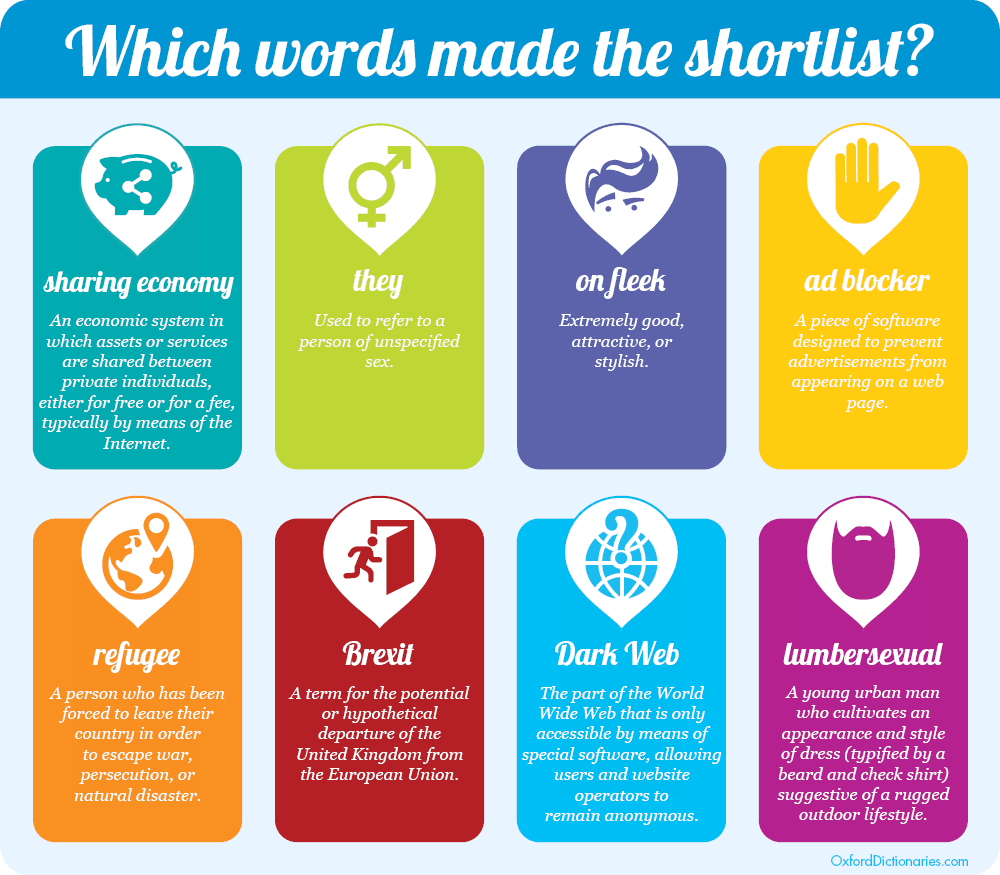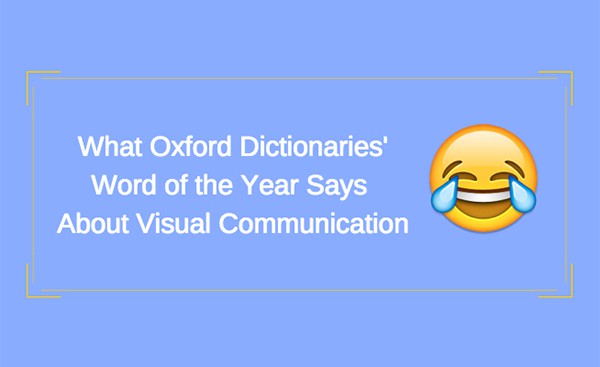Oxford Dictionaries made history today. For the first time, the organization selected an emoji as its Word of the Year. The “Face with Tears of Joy” emoji, to be exact.
Now, whether you’re reacting with the “open mouth,” “rage,” “scream,” “grin,” or “stuck out tongue winking eye” emoji, we can all agree that this is a very interesting choice.
What does it say when Oxford Dictionaries, the keeper of the English language, selects an emoji as Word of the Year?
To solve this puzzle, let’s take a look at why they made this decision.
In this video, President of Oxford Dictionaries Casper Grathwohl explains the organization’s choice:
“As a 21st century culture, we’ve become so visually driven, emotionally expressive, but also obsessively immediate, and traditional alphabet language has a hard time keeping up and adapting to our needs here.”
He argues that the combination of emojis and the alphabet language creates a richer communication experience.
Oxford Dictionaries also backs up the choice with data: not only has the use of emojis exploded in 2015, but use of the word “emoji” has more than tripled.
It seems to me that Oxford Dictionaries is getting on board with the trend communicators talk about all the time: visual content‘s role in the way we communicate is growing. Simple text is not enough.
Instead of fighting, Oxford Dictionaries is embracing the times, both in their choice and how they announced it. Not only is an emoji the Word of the Year, but the announcement is packed with visual content.
They showed their dry British humor and shared this video about what emojis would look like in real life (don’t miss the “Face with Tears of Joy” cameo at 2:30):
They shared this quiz to test your emoji knowledge, which, in the end, becomes a bit of a word game when you read their clever answer choices:
They even created visual icons to represent each of the options on their 2015 Word of the Year short list:

The visual announcement highlights Oxford Dictionaries’ mission to be masters of language. They want to show they understand the visual communication trend, and they can speak visually. Basically, they want to show they know the word and they can use it in a sentence.
The Bottom Line
While my first reaction might have been , now I’m giving Oxford Dictionaries a for embracing the visual communication trend.
The move underscores the fact that visual communication is becoming increasingly important. Organizations of all types need to make sure they are fluent in speaking visually. And if Oxford Dictionaries can embrace the future, any organization can.



